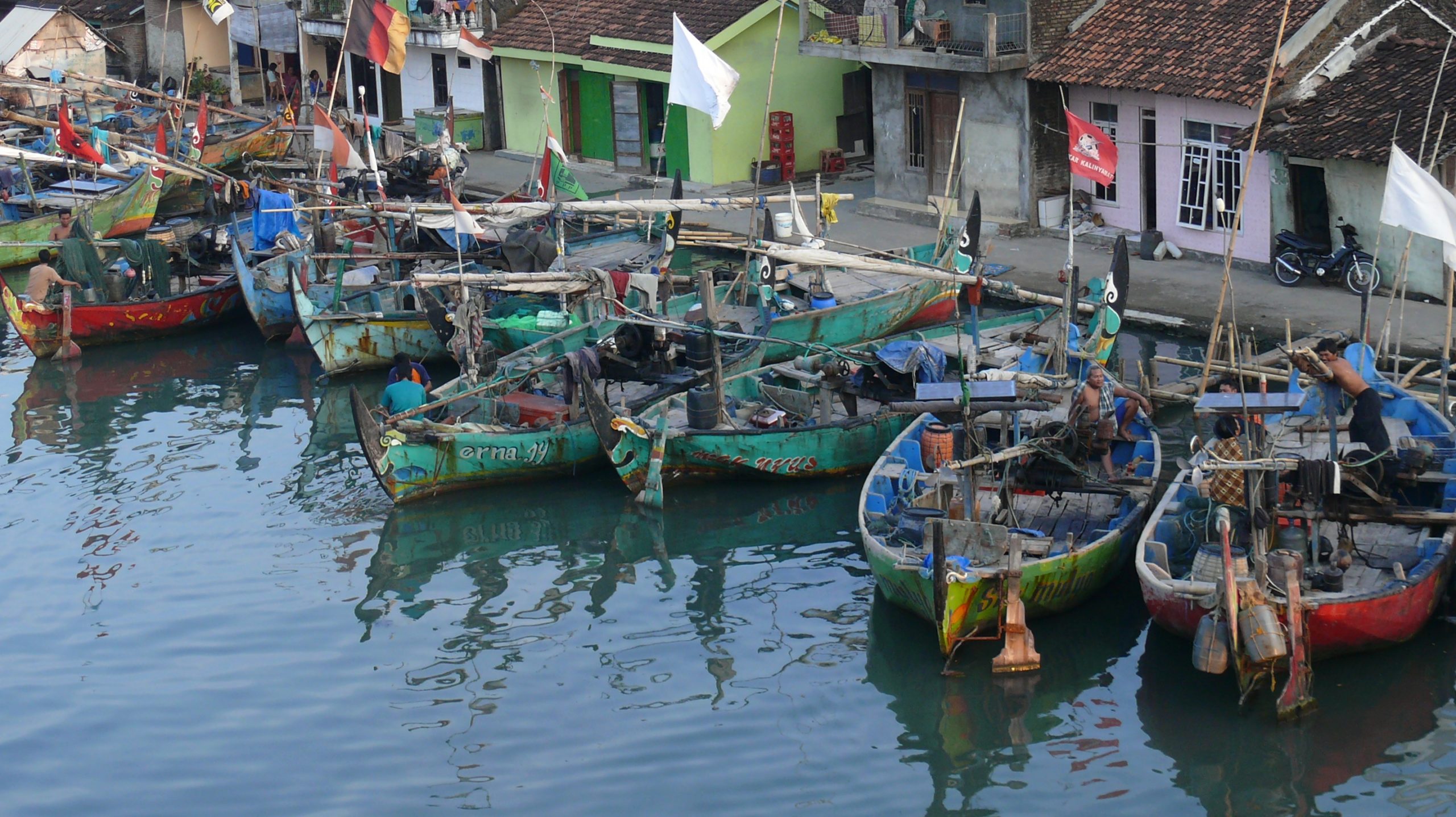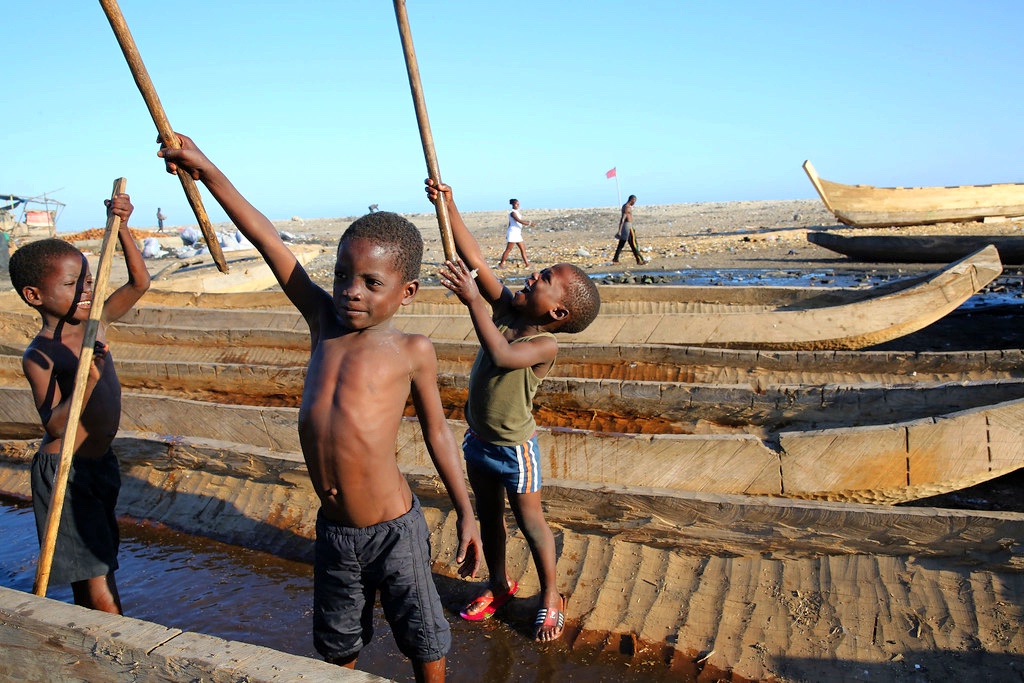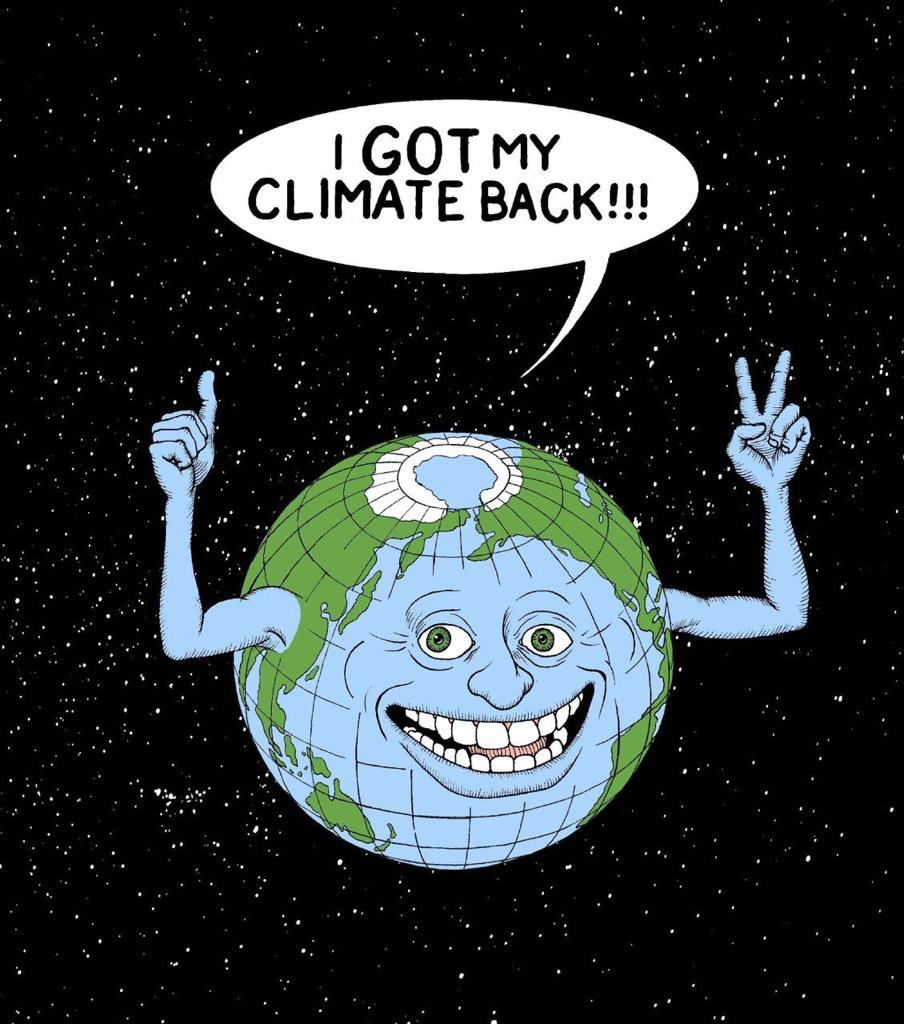
Bring Back the Fish
by Alex Carlin
Your Climate Science Update – Cheer Up, It’s Not Too Late!
Teenagers paying attention to the news rightly doubt if they will have much of a future. Arctic Siberia breached 100 degrees Fahrenheit, California surpassed 130, and we are hurtling toward many points of no return for a livable climate. But wait! It’s too early to surrender. After ten years as a climate journalist, I have been fortunate enough to learn about tools and methods that people under 20 can support to give them a practical chance to reach 80, and that all of us can support to give future generations a chance for a healthy and safe climate.

Greta Thunberg wisely says “follow the Science”. But first, let’s make sure we are following the most relevant science, and then we will discuss the best methods for managing the crisis.
Human generated industry has put an extra 1 trillion tons of CO2 into the sky above us. The resulting greenhouse effect from just that will lead to an unlivable climate if we don’t remove it, and it will not go away by itself anytime soon.
The relevant climate science up until 1988 was mostly about reducing future additions of CO2 emissions, as before 1988 we hadn’t exceeded that 350 ppm concentration of CO2 in our atmosphere, which is roughly the break point where the greenhouse effect cascades into massive misery and massive death.
Unfortunately, the media today still mostly follows that now outdated pre-1988 narrative that equates managing the climate problem with reducing future additional CO2 emissions, ignoring the fact that we need to remove that already existing 1-trillion-ton overdose if we want to avoid Climate Ruin.
Yes, recently the media does occasionally mention the need to remove existing CO2, but the methods they mention make the reader feel hopeless because they seem like they won’t work in time to save us. In addition, they seem to take the pressure off industries (and us all) to stop emitting future additional CO2.
But here is where we need to stop and take one moment to understand a key point: we are the Blue Planet, the Ocean Planet, but as land creatures we are blindered into looking at our climate system as land based. Rather, it is the oceans that are the key to restoring our climate.
We all love the Amazon forest and can understand how it benefits us by inhaling C02 and exhaling oxygen, but did you know that under water there are something like 50 Amazon equivalent “forests” full of life that we call “ocean pastures”? Every second breath you take comes to you from ocean photosynthesis exhaling oxygen.
Robert Tulip, an expert reviewer for the UN’s Intergovernmental Panel on Climate Change, puts it this way: “The basic arithmetic of climate change is that carbon removal must greatly exceed carbon emissions in order to prevent global warming. Only the world ocean has the available area, energy and resources to achieve the required scale of carbon removal, transforming CO2 from waste to asset to establish a circular economy…to enable the exponential growth needed in carbon conversion.”
The blue path is the right path, but here is our predicament: today the oceans are nutrient deficient, and so they are vastly under-performing their natural role in keeping our climate in balance. Fortunately, it is quite feasible to easily, quickly and in a very eco-friendly, decentralized way, bring the oceans back to their historical health, which will ramp up the natural processes that can restore a proven safe climate like the one our grandparents enjoyed.
We do not need to wait for big governments, big corporations or rich tycoons to restore our oceans. Rather, the work is centered on local fishing communities around the world who are already preparing to use natural methods to restore their local “ocean pastures” with the immediate short term goal of “bringing back the fish”.
The beauty of it is that by bringing back the fish, the increased photosynthesis removes enough CO2 from the atmosphere to give us a chance to restore our climate.

Art by John Seabury
Fish populations are plummeting, and local fishing communities are devastated all around the world. The main reasons are not the usual suspects of pollution and overfishing. If you are a land farmer, you need rainfall for your crops to grow. In the ocean pastures, they need “dustfall”, which contains essential nutrients. This dust is carried by the winds, scooped up from land masses and conveyed into the oceans. The oceans have experienced a 50-year drought of this needed dustfall. The problem has been that, because of the increase of CO2 concentrations in our atmosphere, the dry land masses have become more moist, because grass thrives and gets wetter with higher atmospheric CO2 concentrations, and therefore there is less nutritious dust blowing in the wind. [1] [2]
It is fast, easy, cheap and eco-friendly for fishing villages around the world to put back this dust locally, carefully with due scientific preparation and diligence, pasture by pasture. As they replenish Mother Nature’s natural dust, their local ocean pastures immediately and sustainably turn from being clear blue deserts into ocean Gardens of Eden. Once again the food chain, centrally the plankton, can return to its historical health, and the fish populations can return in full force because once again they will have something to eat.
This all happens because of the increase in photosynthesis, which brings back the fish, and as a bonus repurposes significant amounts of atmospheric CO2, greatly diminishing that deadly atmospheric CO2 overdose.
And the bonuses from bringing back the fish don’t stop at removing CO2. Here are three more:
1) The scourge of ocean acidification is also greatly lessened because, as photosynthesis increases, the CO2 that currently forms acidic molecules as it gets suffused into the ocean instead is repurposed into life forms such as plankton.
2) High ocean surface temperature causes big problems for corals and other species. But as the newly created plankton journey daily down to the depths of the ocean and then back up to the top, the ocean surface temperature is cooled. The plankton churn the waters with their fins, mixing cold, deep water into the warm water at the top levels.
3) Plankton blooms are an enormous generating source of bright white clouds, which cool our overheated planet by reflecting the sunlight and heat back into outer space. [3]
Some people warn that removing CO2 lets industries off the hook for their future emissions. Of course, we must be vigilant that the return of the oceans to their historical health will not let industries off the hook, nor let any of us off the hook for changing our ways of living that threaten the survival of future and present generations.
Moreover, if this was 1988, we might decide to only work on reducing future additional CO2 emissions. But here in 2020, if you reject bringing back the fish because it will let emitters off the hook, you absolutely must have an alternative plan to remove that lethal overdose of 1 trillion tons of CO2 sitting right there above us. Otherwise, you are simply giving up, surrendering, and it’s too early for that. Let’s bring back the fish instead, and restore a safe climate.
1. Deserts ‘greening’ from rising carbon dioxide: Green foliage boosted across the world’s arid regions
Source: CSIRO Australia
Increased levels of carbon dioxide have helped boost green foliage across the world’s arid regions over the past 30 years through a process called carbon dioxide fertilization, according to new research. (Back).
2. Dust In the Wind, Rain In The Wind, Natures Yin Yang Harmony Between Land and Sea
By Russ George
More grass growing means less dust blowing.
There is a yin and yang to the life of plants on this planet. Our planet has two basic regimes, that of land and that of water. (Back).
3. The Unseen Cloud Makers from the Ocean
By Jennifer Tsang
The ocean is teeming with microscopic life that despite their minuscule size, greatly impact our world’s ecosystem and climate. A large majority of these organisms are considered planktonic, those that are suspended in the ocean waters and rely on the current for movement. (Back).
Alex Carlin

Alex Carlin has been the Foreign Correspondent on Environment for the Center for Media and Democracy (CMD) since 2009 when he covered the UN CLIMATE CONFERENCE (COP 15) in Copenhagen. He has been writing articles on Climate since that time for CMD and other outlets. He also gives presentations on Climate, for example, in 2018 to the UN affiliated YOUNGO Youth Climate Movement at COP 24 in Katowice, Poland, and a presentation on Ocean Pasture Restoration at COP 25 in Madrid. Alex is also a musician who holds the Guinness World Record for the Longest Solo Concert — 32 hours. In 2020, he has been invited to sing his Climate Restoration Song at the BRICS Forum on Ecology and Social Responsibility in Sochi, Russia.